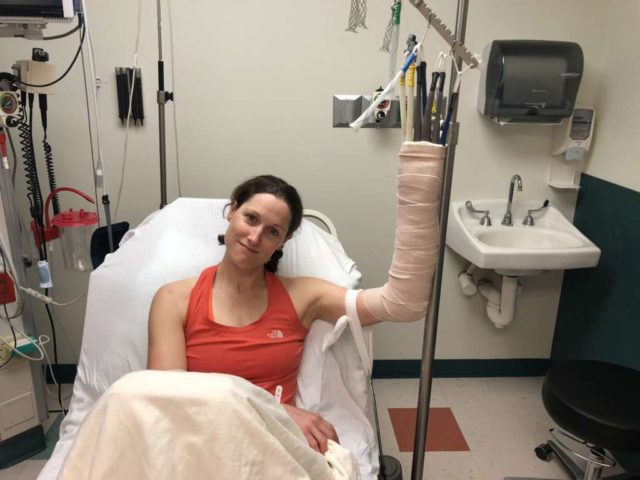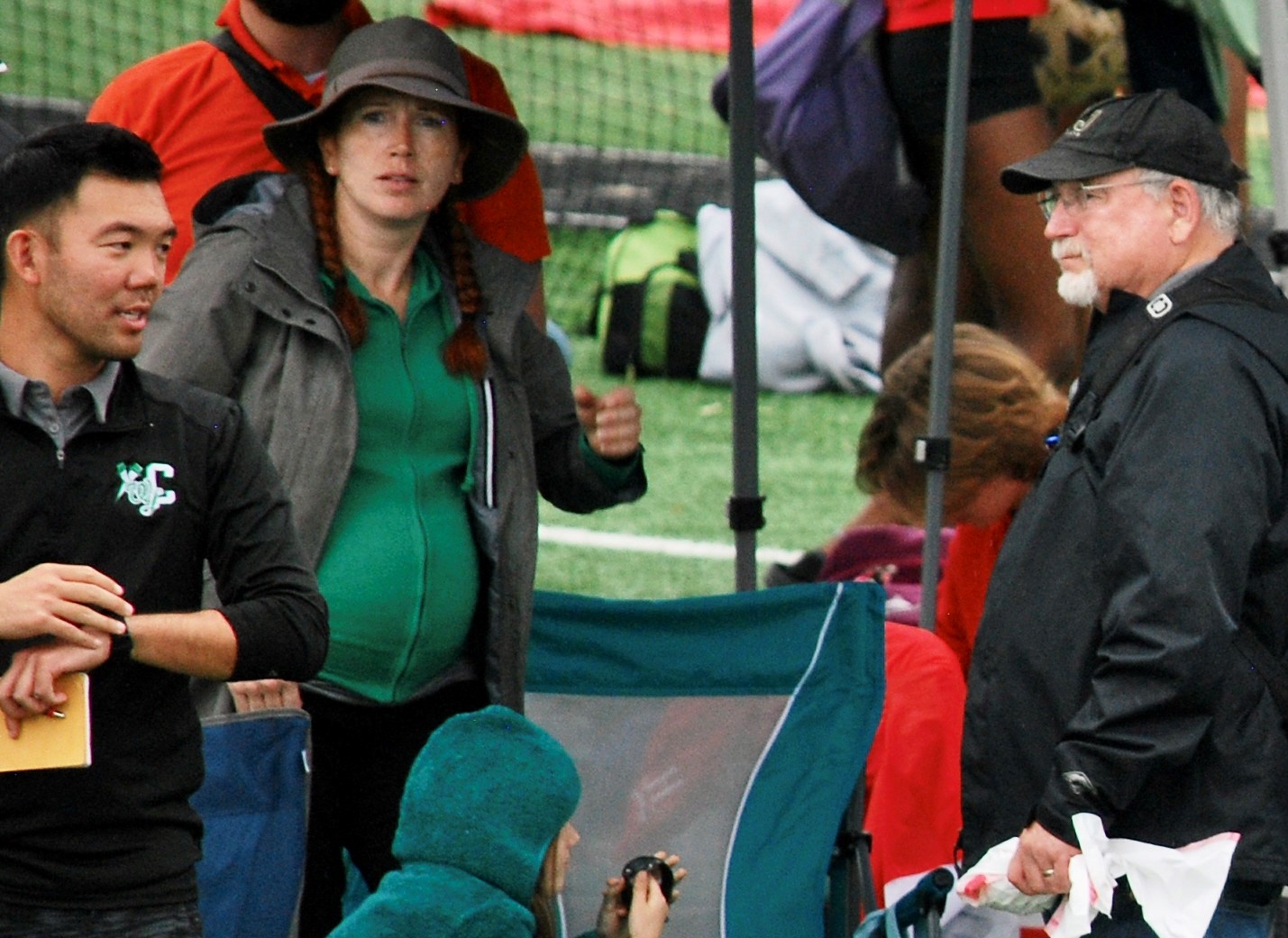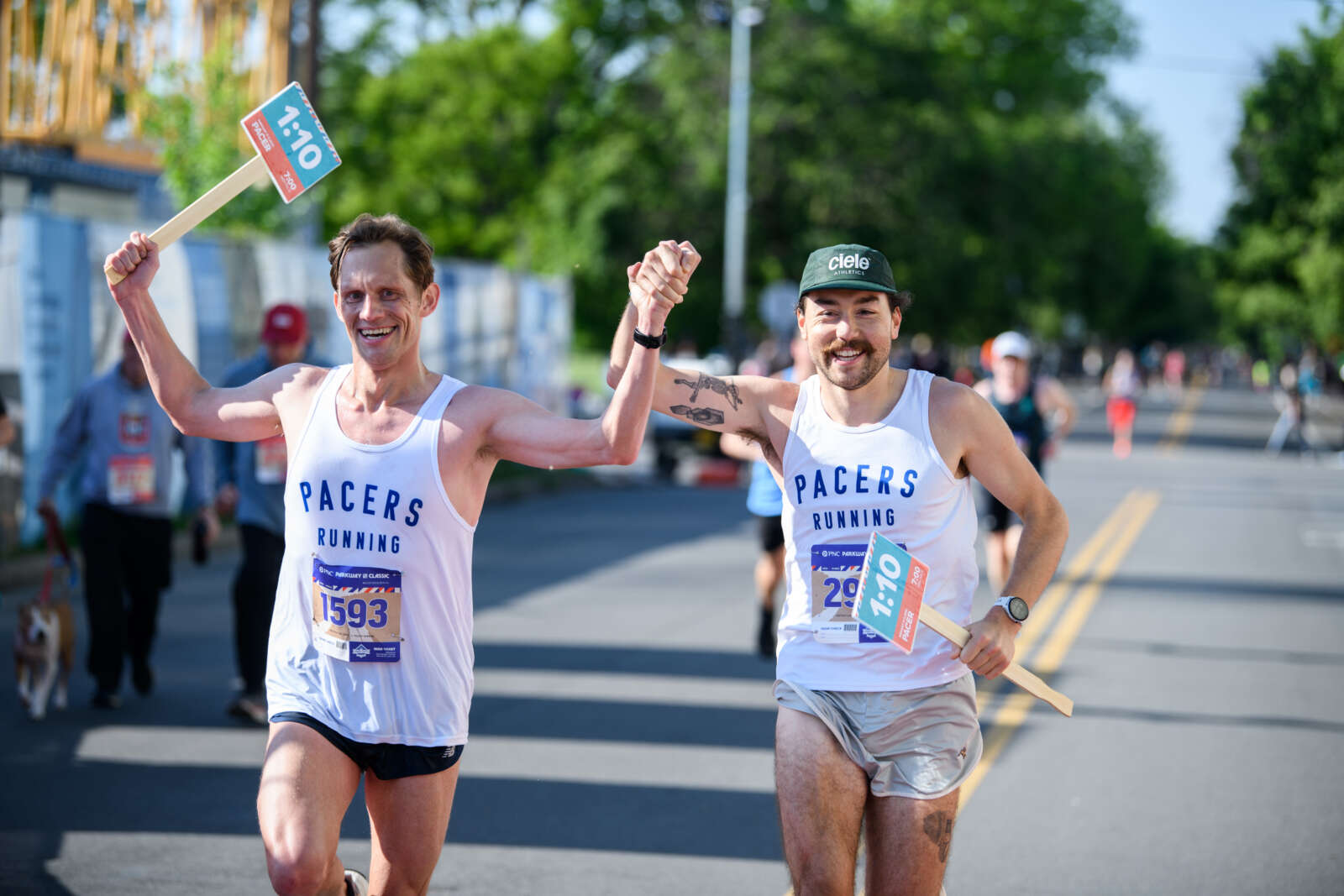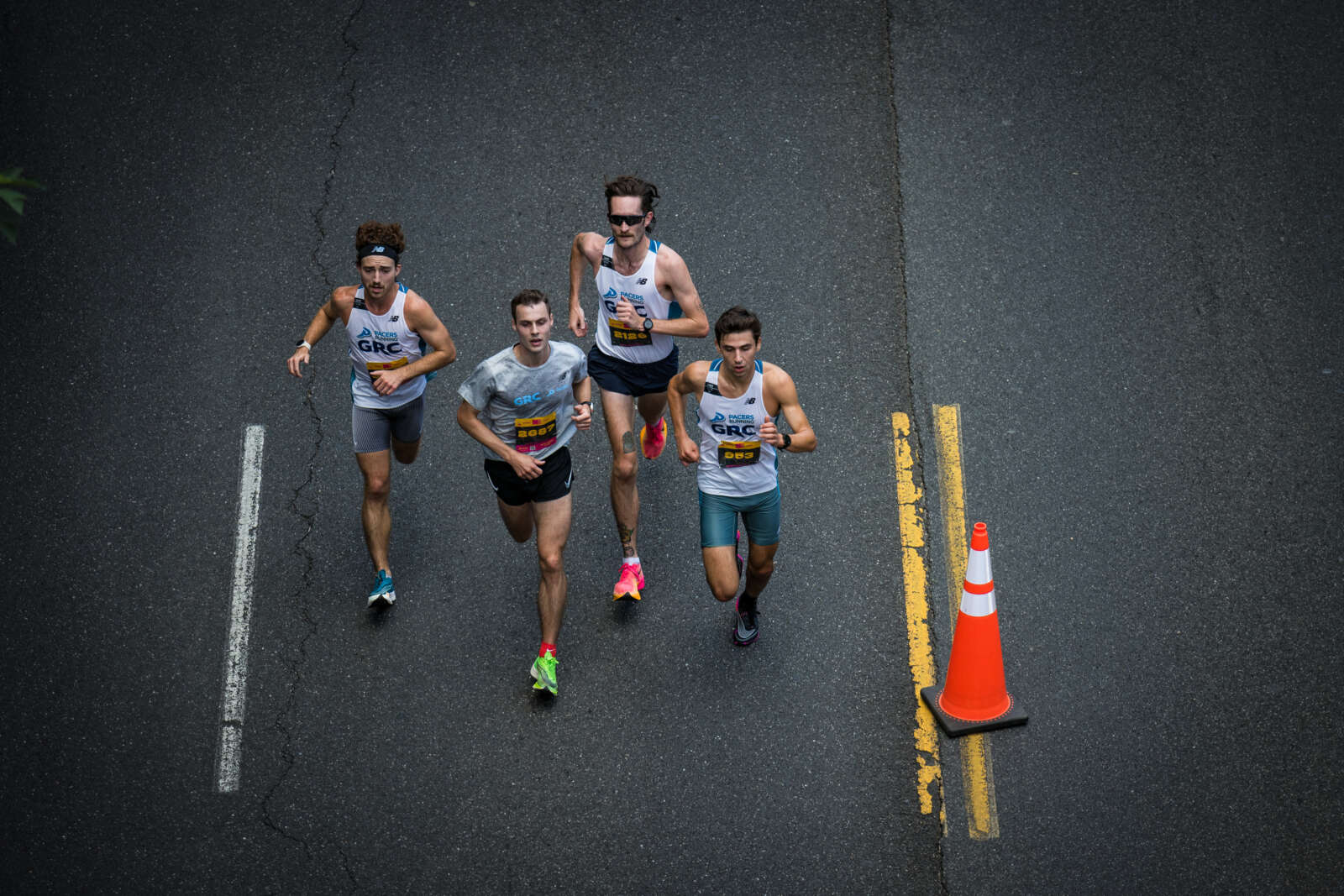
Last March, I caught a toe while running the Catoctin trail near Maryland’s Gambrill State Park. The fall was so quick and so hard — face first into very pointy rocks — that it took me a few minutes to realize just how badly I’d hurt myself.
Once I got myself sitting upright it was immediately clear that my wrist was broken; the bones were not where they usually were.
Also immediately clear? I was 13 miles from the car.
Thankfully I was not alone, and when the four of us regrouped we began to game plan just how exactly to get me out of the woods and to the hospital.
Hiking back the entire way was out of the question. We were three hours into our run, and while 50 degrees is glorious March running weather, I was already starting to get chilled and feeling pretty disoriented.
Luckily, we had cell phone service and knew we could phone a friend.
Bert lives near Catoctin, and was familiar enough with the trail system (from running) and the gravel back roads (from volunteering) that he knew exactly where we were and the closest place he could drive to for rescuing. We still had to hike out two or three miles, but that was much easier and quicker than trying to get out on our own. In less than two hours Bert had delivered my boyfriend, Jared, and me back to our car. Then it was on to the next aid station … err … hospital.
I ended up with a metal plate and nine screws in my wrist, and a healthy respect for safety precautions.
Here’s what I learned, and what you should consider when you venture into the woods:
- Always have ID. I wear a Road ID with a local contact (Jared), my mom, my birthday, and other important medical info. I wear this 100% of the time so I never forget it. If this isn’t your style, make sure you always have some kind of identification. (It’s also a great idea to carry cash, even in the woods. You never know when you’ll pass an ice cold soda machine on a hot steamy day … ahem … Bert.)
- Bring a connected device. I run with my phone (for pictures) or my Apple Watch (for entertainment) when I run. That doesn’t mean I always have cell phone service, but most of the time we’re still on the grid. The upside to having either of these is that I can call for help or access a digital map or directions. I have both Apple devices set to send my location to Jared (and only Jared) at all times through the Find My Friends application. We do a lot of running alone, and it’s comforting to know he could find me — or vice versa — if needed. If you’re not a fan of carrying a phone, go old school and leave a note or tell someone where you’re going and when you expect to be back. Your mom will thank you.
- Bring a buddy. Besides being more fun, running with friends means you will not be alone if something goes sideways or if you get lost. I would have been in a lot worse shape if my friends hadn’t been at Catoctin to pull me off the ground.
- Carry twice as much food and water as you think you’ll need. You might have a great day and want to extend your run, you might have a terrible day and be out for much longer than expected. You might make a wrong turn, meet a not-as-prepared person, or find (surprise!) that your mid-run water resupply is dry. Bring extra and consider the added weight good ultra training.
- Carry a lightweight jacket, even in the summer, and especially if you’re going into the backcountry, out in the dark, or up to elevation. You never know when you or someone else will need it. Jared and I planned poorly before a night run last fall in Virginia’s Shenandoah Mountains. The expected forecast overnight was 70 degrees and dry, the actual weather was 50 degrees and steady, cold rain. We were not prepared and were one sprained ankle away from hypothermia. Don’t do this. There are lots of ultra-lightweight jackets on the market (Patagonia’s Houdini jacket is an ultrarunning staple) that pack up super small and weigh just a few ounces. I keep an old one in my car. That night in the Shenandoah’s, instead of going back home for our jackets, Jared and I donned white kitchen garbage bags and learned a valuable lesson: Garbage bags are surprisingly warm, but white kitchen bags fit children, adults should pack black Hefty bags.
- Carry a whistle. Most running packs have them attached and in easy reach. I’ve used mine to scare off bears or to find friends when we got separated. It’s also great if you get bored.
- Be aware of your surroundings. You are an adult, you can wear headphones to run if you want. If I do, I prefer the AfterShockz Trekz bone-conducting headphones because I can hear my podcast, playlist, and — within reason — mostly everything around me … including the mama bear and cubs I ran up on near the Dicky Ridge Visitor’s Center last summer.
Other considerations
Ultrarunner packs are the outdoorsy equivalent of the Mom purse — they carry everything.
Bob Gaylord, a life-long trail runner and current president of the Virginia Happy Trail Running Club, recommends if you’re going into the backcountry, or out for a the day, you might want to load up with a few more pieces of gear:
- Water filer (We like the Sawyer Mini)
- Duct Tape
- Small flashlight or headlamp
- Mini first aid kit
Gaylord, who is wilderness first aid certified, adds to that an emergency space blanket, small knife or scissors, tape for blisters, antiseptic wipes, Benadryl (in case you get stung), and even wears a parachute cord bracelet.
In 2017, the now-70-year-old Burke resident did a supported run of the length of the Appalachian Trail inside the Shenandoah National Park (about 101 miles) and then turned around and ran back. So he’s used to carrying more than your average trail runner.
Most trail runners don’t need to carry as much as Bob, we promise.
Recent Stories
Looking for our race calendar? Click here Submit races here or shop local for running gear
National Police Week 5K
The 19th annual National Police Week 5K is a race to remember and honor the over 26,000 fallen law enforcement officers killed in the line of duty since 1776. There are two options for running/walking, virtual and in-person. In-person will
Kensington 8K Race
Three distances – 8K, 2M, and 1K – all starting and finishing at Kensington Town Hall.
The 8K runs through historic Kensington, going past Warner Mansion, along Antique Row, beside 120+ year-old houses and around Noyes Library, the oldest library






